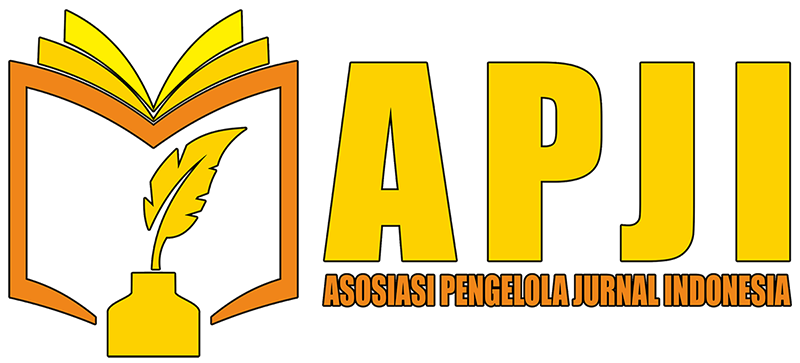Significance of Narratology in Expanding Knowledge of Everyday Life for Elementary Students in Wisma Penjaringan Sari Surabaya
DOI:
https://doi.org/10.59435/gjpm.v2i2.593Keywords:
Everyday Life, Knowledge, Narratology, Tzvetan TodorovAbstract
This article exposes the crucial points of narratology to expand knowledge of everyday life. This writing is based on community service done to elementary students in Wisma Penjaringan Sari, Rungkut, Surabaya from 2023 to 2024. Narratology mainly emphasizes matters of narrative structures indicated through perceptions of the cultural world as supported by Tzvetan Todorov. Everyday life is understood as reflections of complex actualizations of plural identities in the sense of the living world. Through explorative approach in qualitative research, this paper digs more understanding of everyday life as stories of experience and taste of the people. Putting focus on narrations of the people, the analysis accentuates more into knowledge of everyday life as a never-ending process. It is a continuous understanding being underlined through meanings of individual experience in everyday life. Furthermore, narrative structures include matters of other individuals as otherness. In conclusion, narratology is significant in expanding knowledge of everyday life especially in widening perspectives of otherness through understanding of own self.
References
Bal, M., & Boheemen, C. van. (2009). Narratology: Introduction to the Theory of Narrative. Toronto University Press.
Barry, P. (2020). Narratology. In Beginning theory (fourth edition) (pp. 223-247). Manchester University Press.
Birke, D., von Contzen, E., & Kukkonen, K. (2022). Chrononarratology: modelling historical change for
narratology. Narrative, 30(1), 26-46.
Clark, M., & Phelan, J. (2020). Debating rhetorical narratology: on the synthetic, mimetic, and thematic aspects of
narrative. The Ohio State University Press.
Jahn, M. (2021). Narratology 2.3: A guide to the theory of narrative. English Department, University of Cologne.
Lanser, S. S. (2024). Trans-forming Narratology. Narrative, 32(2), 215-224.
Liu, T., & Csikszentmihalyi, M. (2020). Flow among introverts and extraverts in solitary and social activities. Personality
and Individual Differences, 167, 110197.
Martínez, M. (2020). Authenticity in Narratology and in Literary Studies. Narrative Factuality: A Handbook, 521-31.
Onega, S., & Garcia, J. A. (2014). Narratology: An Introduction. Routledge.
Prince, G. (2003). A Dictionary of Narratology. Nebraska University Press.
Pulimeno, M., Piscitelli, P., & Colazzo, S. (2020). Children’s literature to promote students’ global development and
wellbeing. Health promotion perspectives, 10(1), 13.
Todorov, T. (1971). The 2 principles of narrative. diacritics, 37-44.
Tse, D. C., Nakamura, J., & Csikszentmihalyi, M. (2021). Living well by “flowing” well: The indirect effect of autotelic
personality on well-being through flow experience. The Journal of Positive Psychology, 16(3), 310-321.
Downloads
Published
How to Cite
Issue
Section
License
Copyright (c) 2024 Hariyono, Kusuma Wijaya, Rommel Utungga Pasopati, Dewi Syifanaya Firdausy Nurdin, Naufal Nafis, Bima Tri Wardana

This work is licensed under a Creative Commons Attribution-ShareAlike 4.0 International License.













